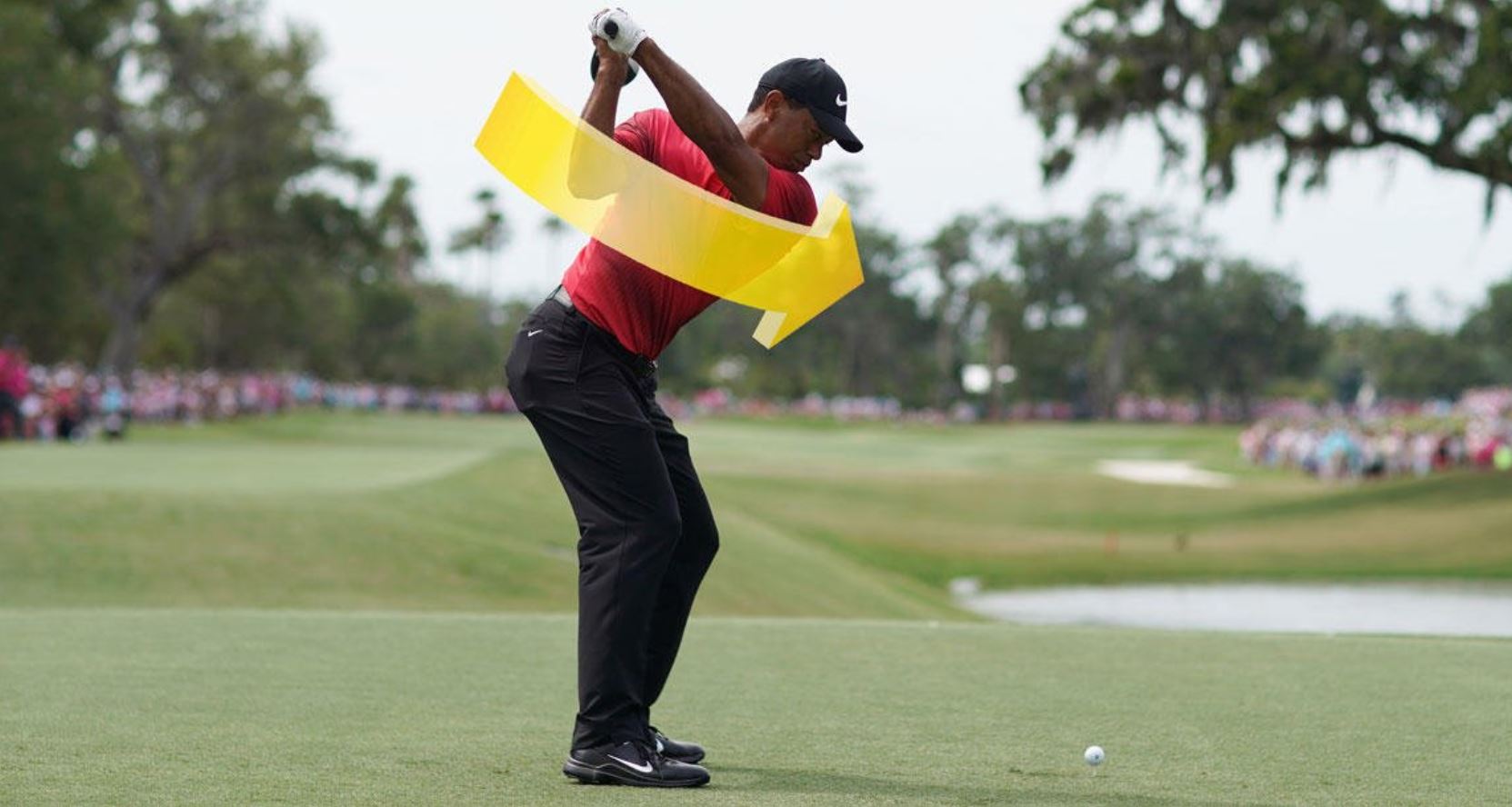
The first thing when golfers enter the course is usually loosen up at the practice range. It would be best if you made your routines as easy as possible. #3 Make it a RoutineĪ great putting routine will help you to play golf better. In this case, you should take the slope direction (and breaking point - discussed later) into consideration and modify your swing speed accordingly. However, if you notice any undulations, then you should expect uneven ground and slope on the putting green. If the turf looks flat, then things are looking up, and putting won’t be overly complicated (than it already is). On the other hand, if the grass is thick or wet (or both), the speed of the ball and its roll will be reduced, in which case you should swing a bit faster than you normally would.įurthermore, you need to pay attention to the ground around the hole and green (while approaching). If you notice the grass is thin or dry (or both), then your shot and ball will go faster, which calls for a bit slower stroke. Having a look around is an integral part of reading greens and deciding which techniques to use so as to make a good shot. Watch this video (from 3:08 to 4:01) for a sneak peek into the exercise. You can meditate by simply closing your eyes, concentrating on your breathing, or using your visualization skills. He visualizes the path the golf ball will take and plays the shot needed. Many golfers, including Tiger Woods, practice meditation and mindfulness to improve their performance. You can achieve this through meditation, the practice of focusing your mind on one point.
#GOLF SWING SPEED READER HOW TO#
To be successful in golf, you must learn how to be in a state of complete concentration. Here are some tips for reading greens effectively: #1 Through Meditation This is because you are required to estimate the distance of the putt and the speed of the ball. A putt is one of the most challenging shots that you can make. If you know how to read the greens, you will have a better chance of making putts. When they get close enough, golfers must always start to read the green to help with their shot. The greens on a golf course are essential. It is therefore essential to learn how to read the condition of the grass and which techniques to use to avoid mishits. For example, dry summer affects the grass and makes it difficult to hit a shot (as grass sometimes grabs the clubhead and causes mishits, fat shots, or any type of ugly shots).Įven though courses tend to use types of grass that withstand heat (like Bermuda grass) and sprinkler systems to keep them fresh, any golfer you ask will tell you how difficult it is to constantly make good shots during the summer heat.

The thickness of the grass will also change according to the weather. It will also cause the swing to get slower and affect the distance the ball will cover. You'll trap more grass in the rough which eventually causes fewer divots. When the grass is too thick, it becomes harder to control the ball. This may cause it to grow longer and thicker. Some kinds of fertilizers also affect the grass. For example, rain will make the grass thicker and shinier. Many factors determine the quality of the grass. You may not realize that the grass around the green can affect your score. A little rain can influence the putts to roll slower.


It usually can't be achieved since greens are under open sky. Completely dried grass is only an ideal condition.

The grass is a little firm, and it helps you roll the ball very easily. In addition, learning about the grass condition helps you know what kind of putting surface you will be playing on.Ī perfect green is a surface with a few bumps, which makes it so interesting to play on. If you want to master the art of putting, you should spend time learning how to read greens because your number of putts depends heavily on the condition of the grass and slope. 4.3) #5 Breaking Putt Reading - The Ball’s Final Turn Towards The Hole.4) #2 Pay Attention to The Little Details.3) 14 Tips To Make More Putts Every Time.


 0 kommentar(er)
0 kommentar(er)
